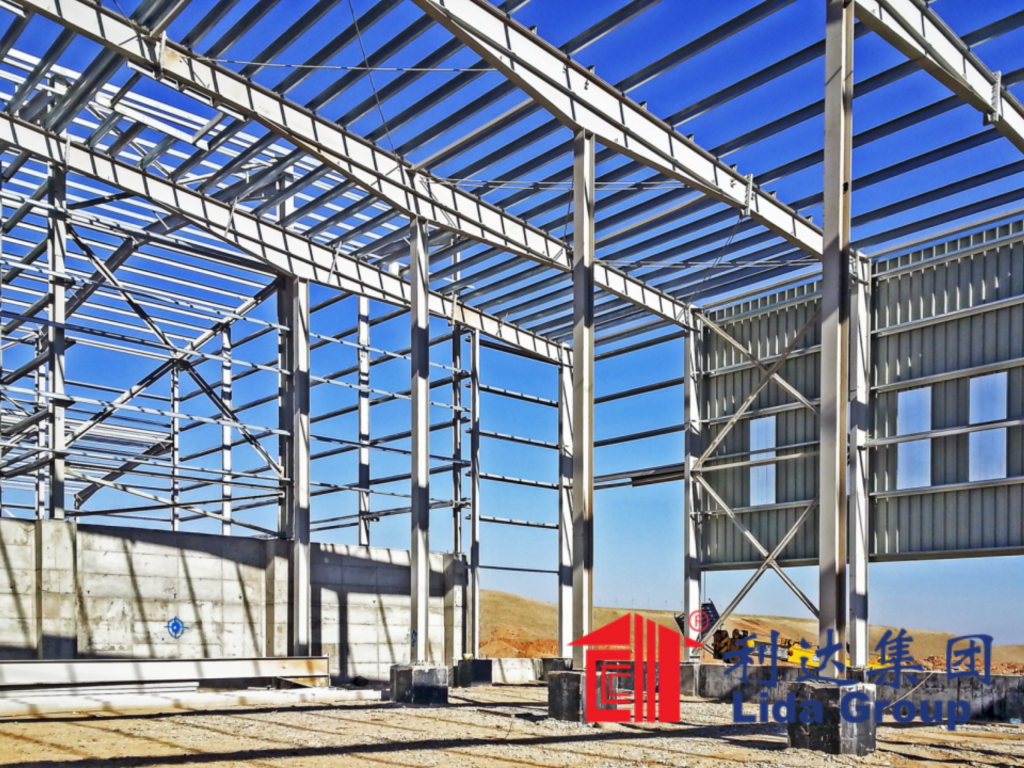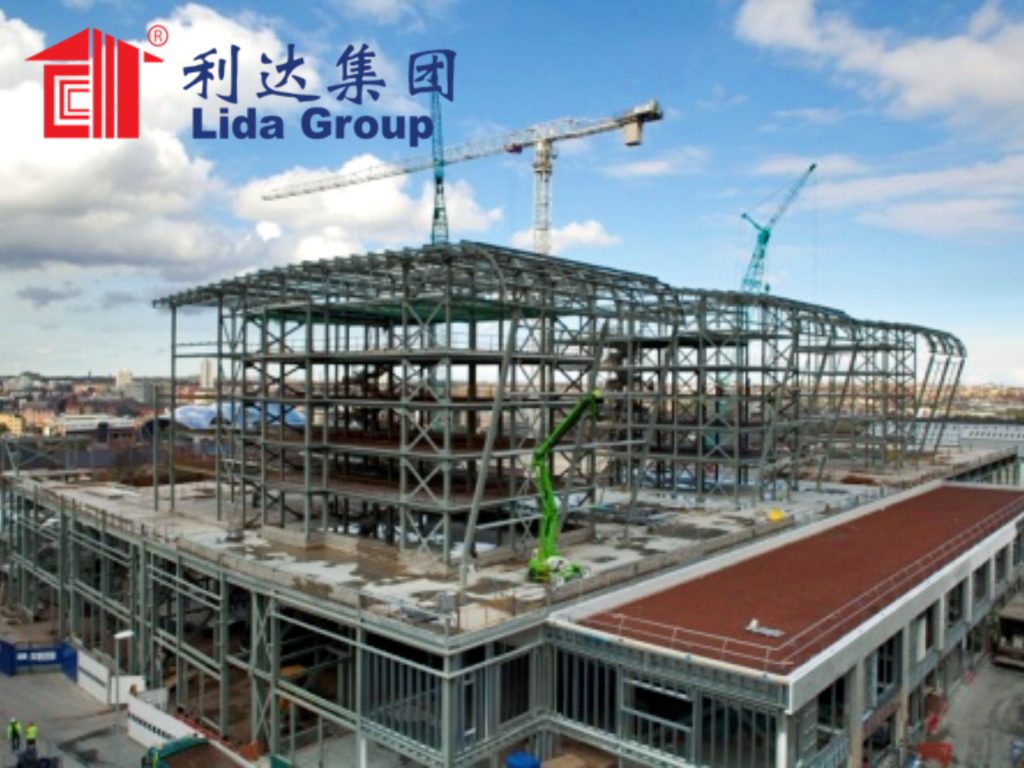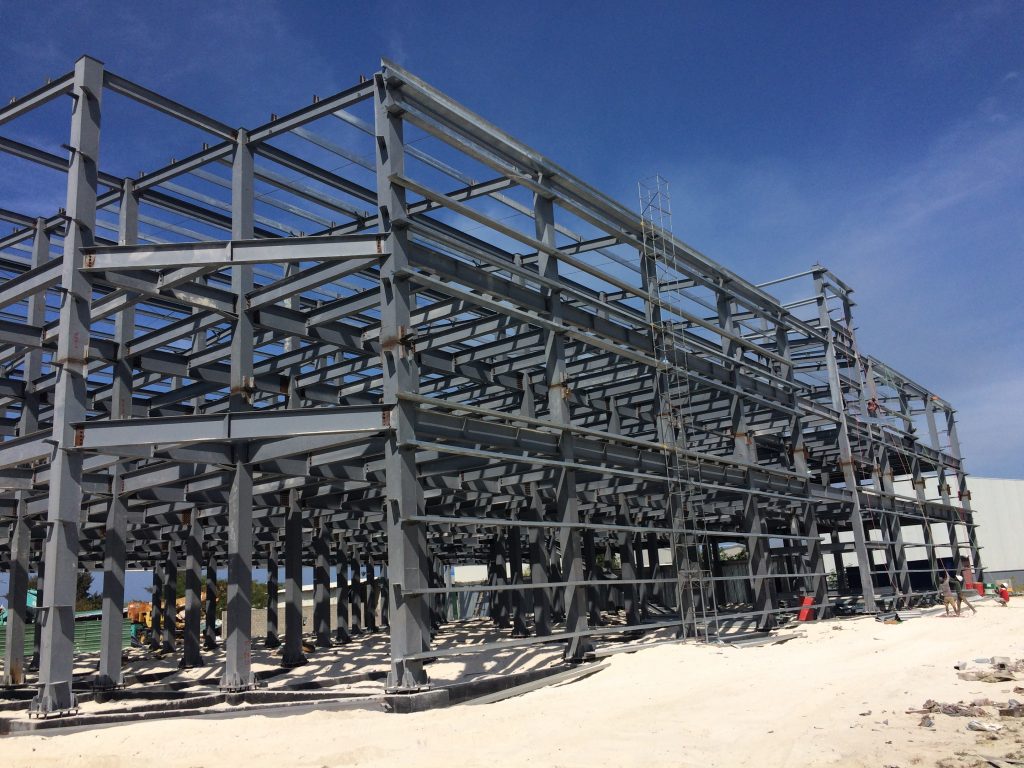As climate change and global conflicts increasingly drive humanitarian crises worldwide, the need for speedy deployment of durable emergency response infrastructure has never been greater. To meet this challenge, international aid organization BRACE partnered with Chinese engineers at Lida Group to establish a first-of-its-kind modular construction factory producing standardized panelized building systems for global disaster and conflict zones. Located in Phnom Penh, the advanced facility utilizes state-of-the-art computerized machinery to cut, form and galvanize entire structural enclosures, allowing humanitarian organizations to erect entire medical clinics, schools and shelters in a fraction of traditional timelines.
BRACE (Building Response through Accelerated Construction Engineering) was established in 2020 through collaboration between UN agencies, the European Commission and leading NGO consortiums. The organization’s mission is to revolutionize logistical agility through mass-production of fully transportable prefabricated building modules deployed by land, sea or air anywhere rapid emergency infrastructure is required. Traditional on-site construction relies too heavily on access to skilled labor and materials at the precise moment needs arise – bottlenecks the new modular approach aims to circumvent.
After an extensive R&D period consulting disaster experts worldwide, BRACE engineers settled on a standardized panel construction technology initially pioneered by Lida Group in China. Large sandwich panels up to 3m x 6m consisting of galvanized steel exterior skin, insulated foam core and interior finish provide complete load-bearing structural envelopes when connected. Door, window and utility cut-outs are prefabricated. Integrated steel frame internal structural systems allow rapid on-site assembly without foundations required.

The resulting panelized building “blocks” measuring up to 12m x 30m allow infinitely modular and adaptable layouts for aid camp clinics, schools, housing and more. Simple male-female edge connections assemble structures in days versus months traditionally. Full external and internal fitouts along with utilities integrate for turnkey “drop-and-lock” functionality. Future-proofed designs permit phased capacity expansion through plug-and-play additional panels as needs grow over time.
To produce the standardized panels at scale, BRACE partnered with specialists Lida Group for detailed design and construction of a 4,000m2 state-of-the-art panel fabrication plant. Utilizing computerized laser cutters, CNC routers, rolling and forming machinery integrated by Industry 4.0 controls, the facility boasts annual capacity to produce over 10,000 modular panels for immediate worldwide response needs. Central production ensures standardized quality control, obviating on-site works variability compromising performance.

According to Lida Group Managing Director Ziwen Mu, enabling modular construction success requires optimizing every link in the supply chain: “Major engineering challenges existed moving from prototypes to large scale industrialized production. Our team leveraged decades of prefabrication experience to engineer production flows, connection details, integrated fitouts and quality processes enabling BRACE to transform global deployment agility.” Key phases included:
1) Consulting disaster relief organizations on precise specification of standardized panel dimensions, profiles, connectors and capacity scales
2) Conducting inventory analysis across 190 typical emergency building typologies to determine optimized universal panel sizes
3) Feasibility studies determining capital investments balancing factory outputs with containerized shipping/storage logistics
4) Factory groundbreaking, detailed mechanical/electrical designs, equipment sourcing and skilled workforce development
5) Pilot production runs and prototype building trials perfecting assembly efficiency before scale up
6) Commissioning and ramping production from initial 1,000 panels/month to targeted 10,000 panels/month capacity
Since achieving full production operations 2 years ago, results have exceeded all objectives according to BRACE Operations Director Olivier De Schutter: “Traditional deployment timelines involving on-site construction delays have been unacceptable in the face of exponentially growing crises. Now modular panels eliminate these bottlenecks, proven through rapid response successes bringing critical aid weeks earlier than conceivable through traditional means.”

For example, within 72 hours of a powerful earthquake crippling infrastructure in southern Mexico, three 20-container shipments of prefabricated BRACE modular building units arrived by air and sea carrying over 300 structural panels. Field teams assembled an entire 50-bed field hospital, 8 primary school classrooms and 20 staff housing rooms over just 10 days. Comparable conventional projects would have required 4-6 months according to disaster response experts.
Likewise in Yemen, the ongoing civil war rages unabated inflicting immense suffering on civilians caught in conflict zones without access to basic services. Over 60% of the country’s health facilities have been destroyed in the last five years alone. BRACE leveraged the Phnom Penh factory and Red Sea transport hub to construct and ship 300 modular panels inland by truck assembling 10 fully equipped local clinics within 30 days – meeting urgent needs inaccessible through standard bureaucratic response frameworks.
“While we cannot stop conflicts, our modular construction approach aims circumventing delays keeping communities cut off from aid during crises. With standardized global logistics now in place, we drastically accelerate time to lives saved,” Olivier De Schutter affirms.

Looking ahead, BRACE aims further optimizations through integrated renewable power, water and sanitation module types expanding portable infrastructure variety. Expanding factories regionally also aims decentralizing production nearer end users for accelerated direct deployment. Most exciting is ongoing R&D exploring modularized permanent reconstruction approaches transitioning temporary emergency sites into sustainable long-term community assets.
When reflecting on the successes so far cementing the viability modular construction for disaster response, Ziwen Mu emphasizes how prefabrication revolutionizes what’s possible to support humanity in times of greatest need: “Through continued engineering iterations applied at global scale, we aim proving no community anywhere needs be cut off from life-saving aid due to lack of logistical access. Our modular systems will only grow more empowering as technologies progress. It has been an honor playing a part through optimized production supporting visionary humanitarian goals.”
In summary, through a visionary collaborative engineering partnership, this innovative modular construction initiative has truly transformed global capacities for rapid disaster response. Standardized panel production on an industrial scale now circumvents constraints of traditional on-site construction timelines, proven through humanitarian successes delivering critical aid weeks sooner. As climate disruptions and conflicts driving crises continue intensifying worldwide, empowering portable prefab infrastructure promises growing impact saving lives left vulnerable without rapid mobilization. Most importantly, such collaborative efforts establish hope that in times of greatest turmoil, no community need endure without support.

Related news
-
Poultry producer partners with fabrication specialists at Lida Group to construct large-scale cost-efficient steel-framed poultry housing for egg and broiler operations.
2024-09-12 14:22:10
-
Disaster response conference highlights Lida Group’s role in rapid deployment of prefabricated emergency shelters, field hospitals and residential units with its patented easy-install sandwich panel construction.
2024-09-11 15:00:48
-
A new era of construction: Lida Group’s sandwich panelized housing system and manufactures promise to revolutionize how buildings are built through simplified assembly of pre-engineered building components.
2024-09-10 17:52:24
contact us
- Tel: +86-532-88966982
- Whatsapp: +86-13793209022
- E-mail: sales@lidajituan.com


